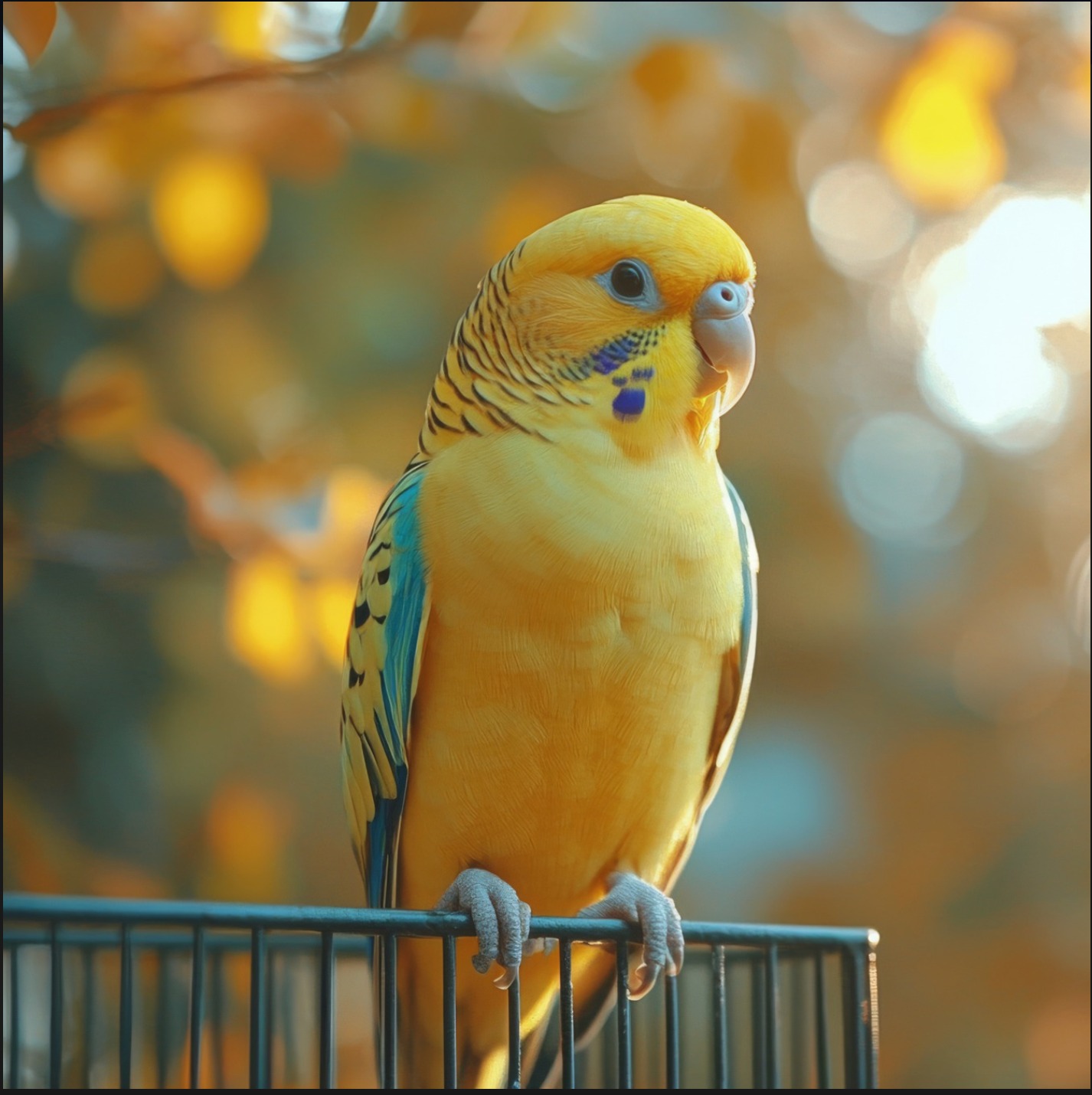FEEDING YOUR BIRD ON A BUDGET

FEEDING YOUR BIRD ON A BUDGET
SUMMARY
Learn how to provide a nutritious and balanced diet for your pet bird without overspending. This guide explores cost-effective food options, smart shopping tips, and homemade alternatives to ensure your bird stays healthy while you save money.
FEATURES
- Budget-Friendly Bird Food: Discover affordable yet nutritious options for different species.
- Homemade Bird Treats: Learn easy DIY recipes for healthy, low-cost snacks.
- Smart Shopping Strategies: Get the best deals on pellets, seeds, and fresh foods.
- Bulk Buying Benefits: Save money by purchasing in larger quantities.
- Safe Human Foods: Identify cost-effective household items that are bird-safe.
- Foraging for Free: Use natural materials to create engaging and nutritious meals.
- Reducing Food Waste: Maximize the use of bird-safe scraps to minimize waste.
- Supplementing with Fresh Produce: Find budget-friendly fruits and vegetables for a well-rounded diet.
DESCRIPTION
Feeding a pet bird doesn’t have to be expensive. With the right approach, you can provide high-quality nutrition while keeping costs low. This guide offers practical strategies for maintaining a balanced diet for your bird without breaking the bank.
Choosing budget-friendly bird food starts with understanding your bird’s nutritional needs. While premium pellets and seed mixes are widely available, there are plenty of affordable alternatives that still provide essential nutrients. A mix of high-quality pellets, whole grains, seeds, and fresh produce can be both cost-effective and nutritious.
Homemade bird treats are an excellent way to supplement your bird’s diet without spending extra on store-bought snacks. Simple ingredients like whole oats, cooked quinoa, unsalted nuts, and chopped fruits can be combined into healthy, homemade bird treats. Avoid processed foods, artificial sweeteners, and anything high in salt or sugar.
Smart shopping can significantly cut down feeding costs. Buying in bulk is one of the best ways to save money on bird food. Many online retailers and local feed stores offer discounts for larger quantities of pellets and seeds. Storing food properly in airtight containers ensures freshness and prevents waste.
Many household foods are safe for birds and can supplement their diet affordably. Items like brown rice, lentils, leafy greens, and root vegetables are inexpensive and provide essential nutrients. When selecting produce, shop for in-season fruits and vegetables, as they are typically cheaper and fresher.
Foraging for free is another way to enhance your bird’s diet while saving money. Birds naturally forage in the wild, and you can mimic this behavior by providing bird-safe, pesticide-free leaves, branches, and flowers from your yard. Offering natural foods in creative ways, such as hiding them in cardboard tubes or stuffing them into toys, provides both nutrition and mental stimulation.
Reducing food waste is an essential part of budget-friendly feeding. Instead of throwing away leftovers, repurpose safe food scraps for your bird. However, always ensure the food is fresh and free of mold, spices, or preservatives. Washing and freezing excess produce can also help extend shelf life and minimize waste.
Supplementing with fresh produce doesn’t have to be expensive. Affordable vegetables like carrots, spinach, bell peppers, and zucchini provide excellent nutrients at a low cost. Fruits such as apples, bananas, and berries can be bought in bulk and frozen for later use.
By implementing these cost-effective feeding strategies—buying in bulk, making homemade treats, incorporating safe household foods, and reducing waste—you can provide your bird with a nutritious diet while staying within budget. A well-fed bird is a happy and healthy companion, and smart feeding choices ensure their long-term well-being without unnecessary expenses.
- sri palani

Comments 0